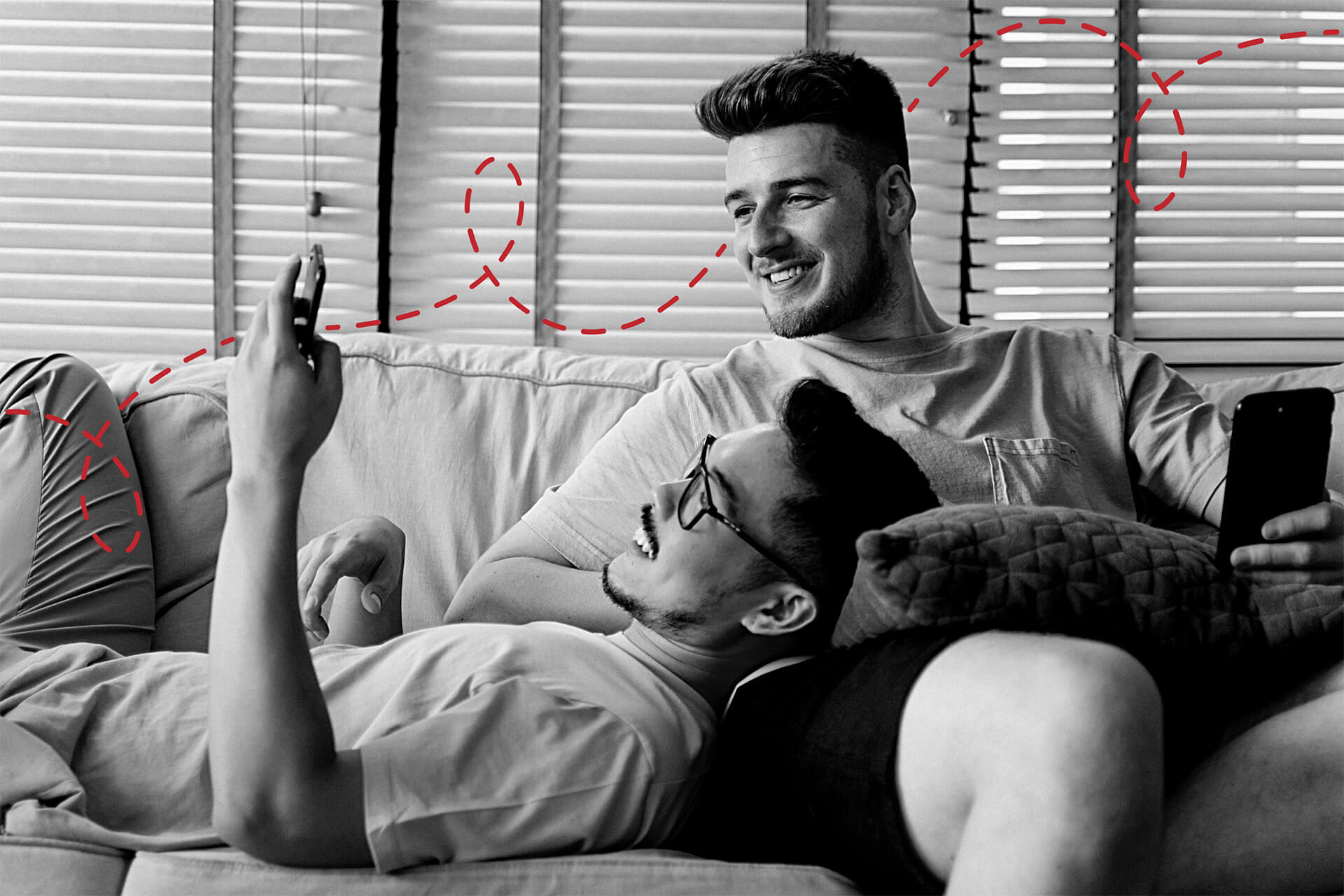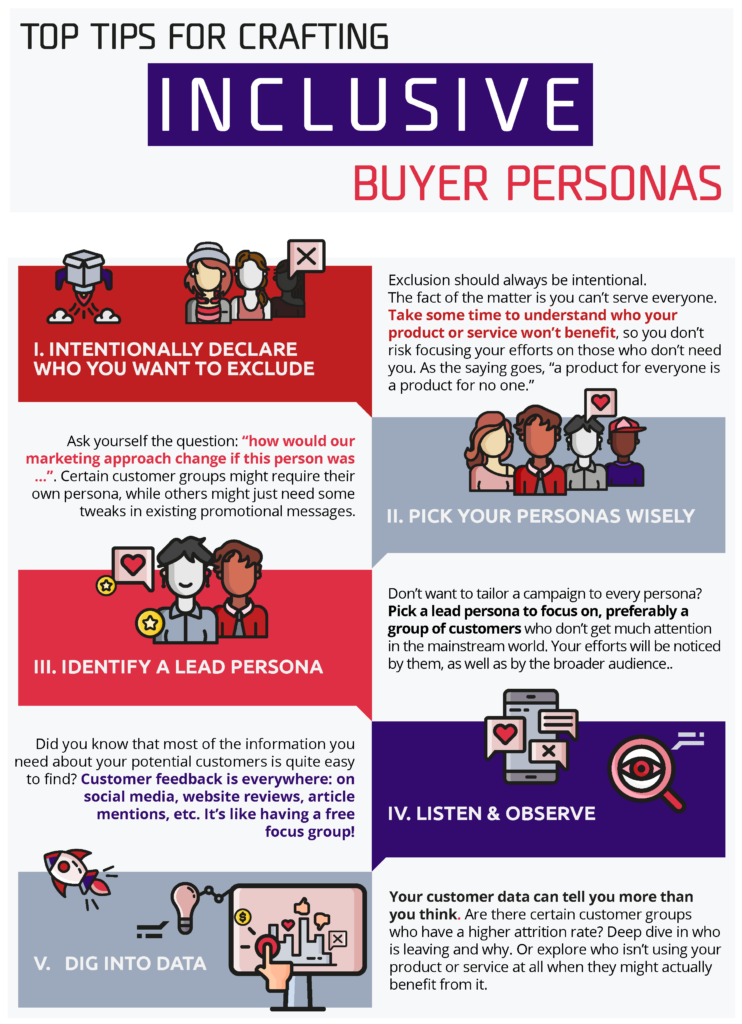
The World Is Changing, so Should Your Buyer Personas
The tenets of Inbound Marketing require marketers to get up close and personal to their target audiences. Knowing your prospective customers’ likes, habits and challenges can inform you of how to best engage with them, where to reach them and when to share all of the valuable content you spend so much time creating.
Despite companies doing endless research to get to know their customers, the buyer personas they develop, more often than not, end up lifeless, limiting – and quite frankly – useless.
Traditional buyer personas often assign qualities and identities to fictional characters that have little to no bearing on the actual human being who is buying your product or service.

If you’re selling bolt cutters, does it matter whether Persona Peter has a Labrador or enjoys baseball?
Still, buyer personas are important. They inform copywriters of a preferred writing style, designers of imagery that will resonate and digital marketers of effective targeting settings.
So, then what’s the solution? A necessary approach to buyer personas is to make them inclusive, rather than exclusive. Not only does this align with Diversity, Equity and Inclusion principles, it will also help you reach more potential customers. And isn’t that ultimately what you want?
Cast Aside the Clichés
In the past few years, a lot of brands have started taking a different approach to marketing. Seeing same-sex or multiracial families in ads for soup, cars or insurance is no longer as groundbreaking as it once was (thank goodness!), even if negative comments remain prevalent.
But diversity and inclusion go well beyond simply inserting images of people of color.
An increasing amount of swimwear and undergarment brands are working with models of all shapes and sizes to demonstrate that their clothes are meant for all bodies. The past few Halloweens have seen little girls dressed as Rey from Star Wars and little boys in Black Panther costumes, proud to have heroes who look like them.
An image of a bridal shop window featuring a mannequin bride in a wheelchair struck a chord with many who marveled at the fact that disability is so rarely portrayed in situations where it isn’t presented as the focal point.
Media has an enormous influence on how people perceive themselves and each other.
As Alphonso David, president of the Human Rights Campaign, puts it:
“Representation matters because we all bring different perspectives to the table, and those perspectives are really informed by our experiences and our identities […]and who we are as people. They also inform how we look at the world. So, if those structures don’t incorporate our perspectives, then our perspectives don’t factor into decision-making. And if we don’t exist, then policies are developed and they ignore us to our own detriment.”
Buyer Personas: Ditching the Traditional Template
So, back to those pesky buyer personas. It’s not enough to simply replace one of your Caucasian male personas with a Black woman. Often, companies quickly check some inclusivity boxes as an afterthought without fully understanding the context behind the image. Inclusion must be authentic, not performative or stereotypical.
Most likely, your audience is not monolithic. Yet, as marketers, we tend to create ideal customer personas that are similar to ourselves, thereby unintentionally excluding potential customers with different experiences and backgrounds. It’s like a chef who doesn’t know anyone with dietary restrictions and doesn’t consider offering vegan or gluten-free options on the menu.
Getting to the core of your customers is about empathy and authenticity.
Take Nike, for example. The brand shattered the stereotypical image of buff and predominantly Western people in the sports industry by introducing a durable, lightweight hijab, enabling Muslim women to participate in sports by removing the practical barrier of wearing a religious item of clothing. Criticism was plenty, but sales among the Muslim community soared. Instead of zeroing in on their expected audience, they addressed the challenges of an unexpected consumer experience.
Are you willing to go beyond the token “diverse” character and work toward personas who can be their own authentic selves?
Reflect Your Global Audience
Once you start having honest conversations about the challenges different groups of people face as a result of their gender, race, ethnicity, sexual orientation, gender expression, abilities, etc., you can start building positive, non-stereotypical representations of diverse groups of people that keep into account their unique abilities and challenges, without limiting them to topics pertaining to their diverse identities.
If you’re planning on inviting more women to speak at your event, make sure they are invited to all panels relevant to their areas of expertise, not just the panels covering “Women in …”. Are you only inviting trans women to speak about transgender topics? Or do you take into account the full spectrum of their experience and expertise?
Why not make the inclusion of diverse characters and (multi-language) closed captions and voiceovers a standard for all videos, regardless of topic or target audience? You don’t need to wait for Pride Month to include LGBTQ+ people in your video. And while you’re at it, go ahead and add your pronouns to your email signature. Normalization is the road to inclusion.
Focus on Humanity
To truly engage with your audience, you’ll need to create content that resonates with potential customers’ everyday lives and experiences.
If you’re targeting women in their 30s and 40s who have full-time jobs on top of being caregivers of children and parents, you can’t waste their time with a 15-page white paper; you need to come up with something concise and easily digestible.
If your podcast series doesn’t come with full transcripts, you may miss neurodivergent audiences who struggle with auditory processing.
Ultimately, creating inclusive personas is about humanity. It’s about making an effort to really understand your potential customers and make them feel part of your story.
Whether you’re a multinational company wanting to enhance your internal communications with thousands of employees worldwide, or a medium-sized business wanting to expand your reach into new markets, you can’t just tick a couple of boxes and move on. Getting to know your customers deeply is a long-term, ongoing process.
When you put in the effort to make inclusion a priority, the content you create will be more engaging and valuable to the people you’re trying to reach.
Here are some tips to get started on your inclusive personas:

Looking for more marketing expertise?
Sign up for our newsletter
"(Required)" indicates required fields
YOU MAY ALSO LIKE…

How to add Video to your Digital Marketing Strategy
Digital marketing without video has become unthinkable. Now more than ever, marketers are using video to get their message across.
Read more
